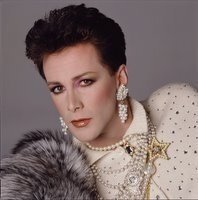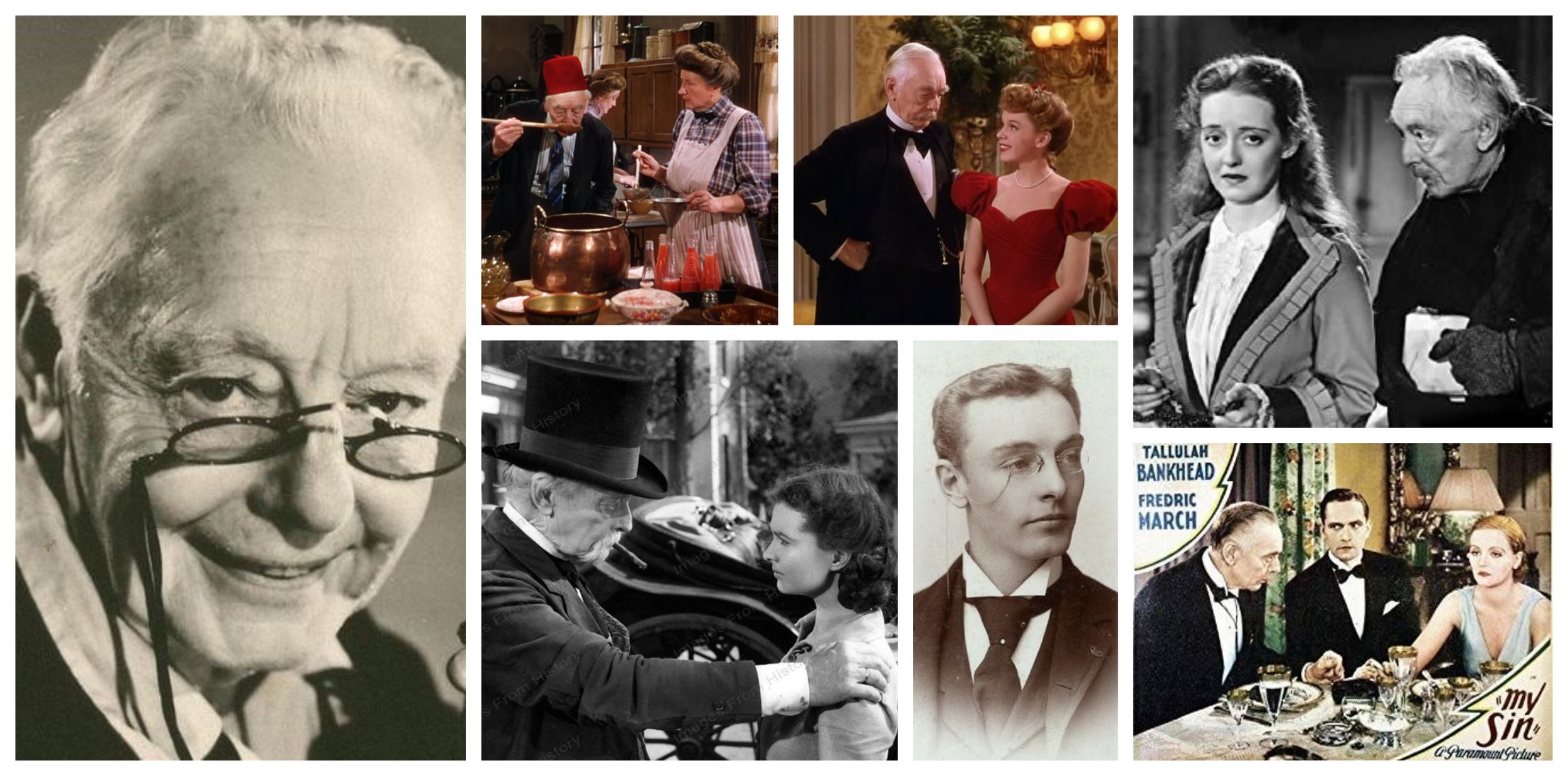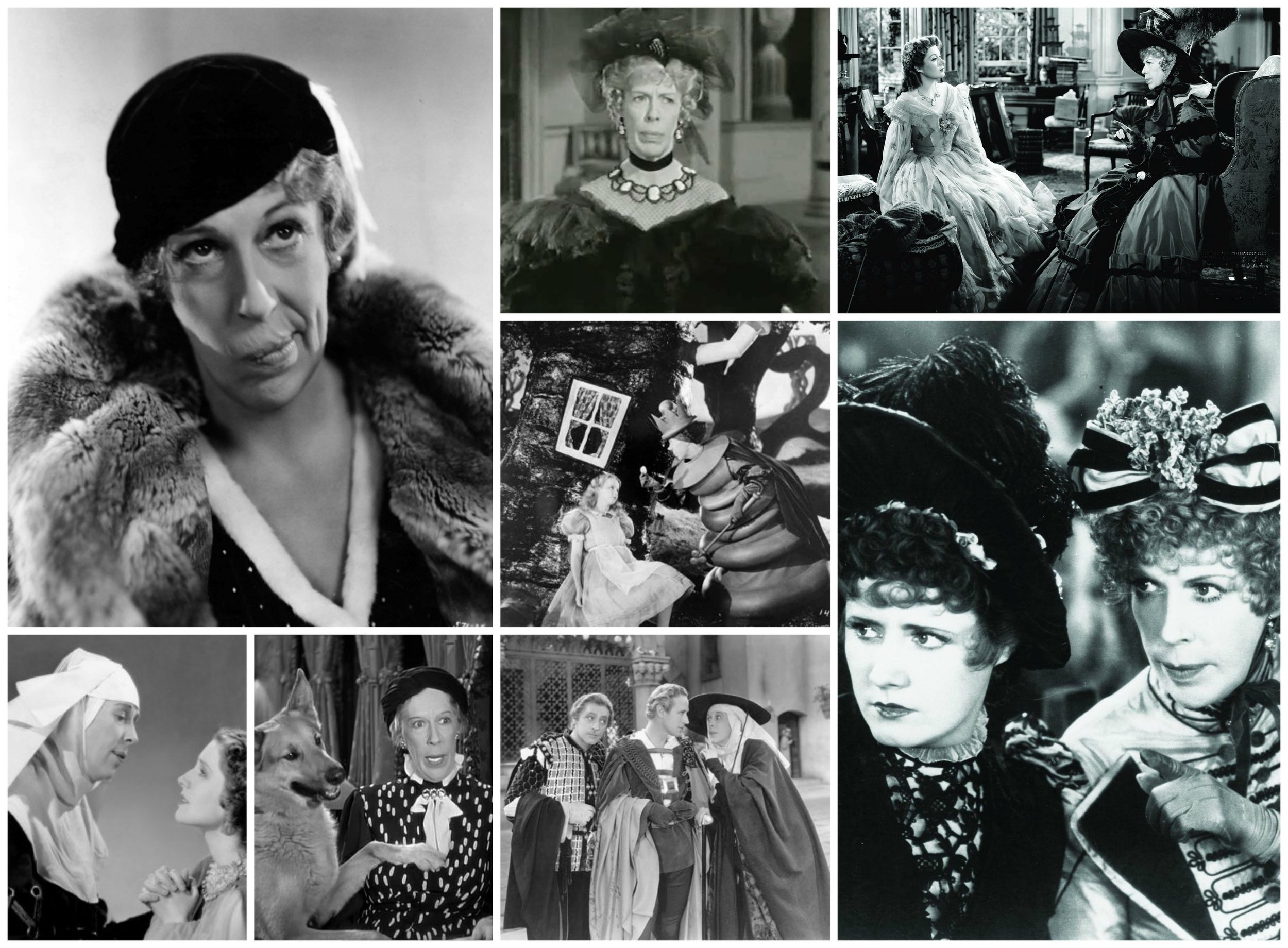Darlings! Mummy has made a decision! After reading dozens of posts and having hundreds of conversations with well-meaning folks who just don't know about the great CHARACTER actors who gave films the depth and genius that surrounded and supported the so-called "stars", I am going to post a regular, special entry called SYBIL'S "WHO'Z DAT??"....there'll be photos and a mini-bio, and the next time you see one of those familiar, fabulous faces that you just "can't quite place".......well, maybe these posts will help. Some of these actors worked more, had longer and broader careers, and ended up happier, more loved, and even wealthier than the "stars" that the public "worships"......I think there may be a metaphor in that! What do you think??? Well, before we get too immersed in a complicated discussion, let me introduce you to a solid American UNCOMPLICATED guy with a face as chiseled and manly as any that ever graced the silver screen! WARD BOND! (April 9, 1903 – November 5, 1960).
Born Wardell Edwin Bond in Benkelman, Nebraska, and growing up in Denver, Colorado, Bond’s early years in the prairies and mountains burnished that Western glow on his character that played so well in over 200 films. Reaching an astonishing 6’2” and a lean 195 lbs., Bond played college football at the University of Southern California as a starting lineman on their first national championship in 1928. One of his teammates was a young man named Marion Morrison who would later become Hollywood’s John Wayne. They became life-long friends and colleagues. Bond, Wayne and the entire Southern Cal team were hired to appear in SALUTE (1929), a football film starring George O'Brien and directed by John Ford. It was Bond’s and Wayne’s screen debut and they became friendly with Ford. Both actors would appear in many of Ford's later films. Always cast as a “man’s man”, Bond would often play a friendly cop, a strong and sympathetic cowboy, or, on rare occasions, a thug. His long working relationship with John Ford resulted in 25 films including DRUMS ALONG THE MOHAWK (1939), THE GRAPES OF WRATH (1940), FORT APACHE (1948), THE QUIET MAN (1952), and THE SEARCHERS (1956). Perhaps because of his natural warmth on camera, Bond was cast in several of Frank Capra’s populist-oriented films... LADY FOR A DAY (1933), IT HAPPENED ONE NIGHT (1934), YOU CAN’T TAKE IT WITH YOU (1938), and the iconic IT’S A WONDERFUL LIFE (1946).
His solid unadorned acting style served him beautifully both in dramas and comedies opposite the greatest stars in the industry. Audiences felt that they were seeing the “real” Ward Bond when he appeared on screen in many of the most classic films of the 30s, 40s, and 50s, including BRINGING UP BABY (1938), GONE WITH THE WIND (1939), THE MALTESE FALCON (1941), SERGEANT YORK (1941), THEY WERE EXPENDABLE (1945), JOAN OF ARC (1948), and his final film RIO BRAVO (1959), also done with friend John Wayne. During the 1940s, both Bond and Wayne were members of the conservative political group called the Motion Picture Alliance for the Preservation of American Ideals, whose major rationale was opposition to communists in the film industry. In 1960, Bond campaigned for the Republican presidential nominee Richard M. Nixon. Bond died three days before Democrat John F. Kennedy narrowly defeated Nixon.
Possibly because of his constant “supporting player” status in the movies, Bond made an easy and successful transition into television in the 50s, starring in the immensely popular NBC western television series “Wagon Train” from 1957 until his death in 1960. “Wagon Train” was inspired by the 1950 film WAGON MASTER in which Bond also appeared, and was influenced by THE BIG TRAIL (1930). The formula for “Wagon Train” allowed for special guest stars from Bond’s old studio days to rotate through as travelers each week, allowing him to work with old friends during his run. He specifically requested friends Terry Wilson for the role of assistant trailmaster Bill Hawks and Frank McGrath as the cook Charlie Wooster. Wilson and McGrath both stayed with the series for the entire run. An inveterate chain smoker like his friend Wayne, Bond died of a massive heart attack at 57 years of age.
Having made 16 films with his friend over the years, John Wayne gave the eulogy at his funeral. Bond's will bequeathed to Wayne the shotgun with which Wayne had once accidentally shot Bond. Ward Bond has the distinction of appearing in more of the films on both the original and the tenth anniversary edition of the American Film Institute’s “100 Years/100 Movies” lists than any other actor, albeit always as a supporting player. He had also been in 11 films that were nominated for the Academy Award for Best Picture, which may be more than any other actor. Although he was married twice (Doris Sellers Childs m.1936-1944; divorced, and Mary Louise May m.1954-1960; his death) he never had any children. For his contribution to the television industry, Bond has a star on the Hollywood Walk of Fame at 6933 Hollywood Blvd. In 2001, he was inducted into the Western Performers Hall of Fame at the National Cowboy & Western Heritage Museum in Oklahoma City. There is also a Ward Bond Memorial Park in his birthplace of Benkelman, Nebraska.
[Want to read other fun and funny stories here on SybilSez.com? Just enter any topic that pops into your head in the "search" window on the upper right! Who knows what might come up?...and feel free to share them with your friends!]


















